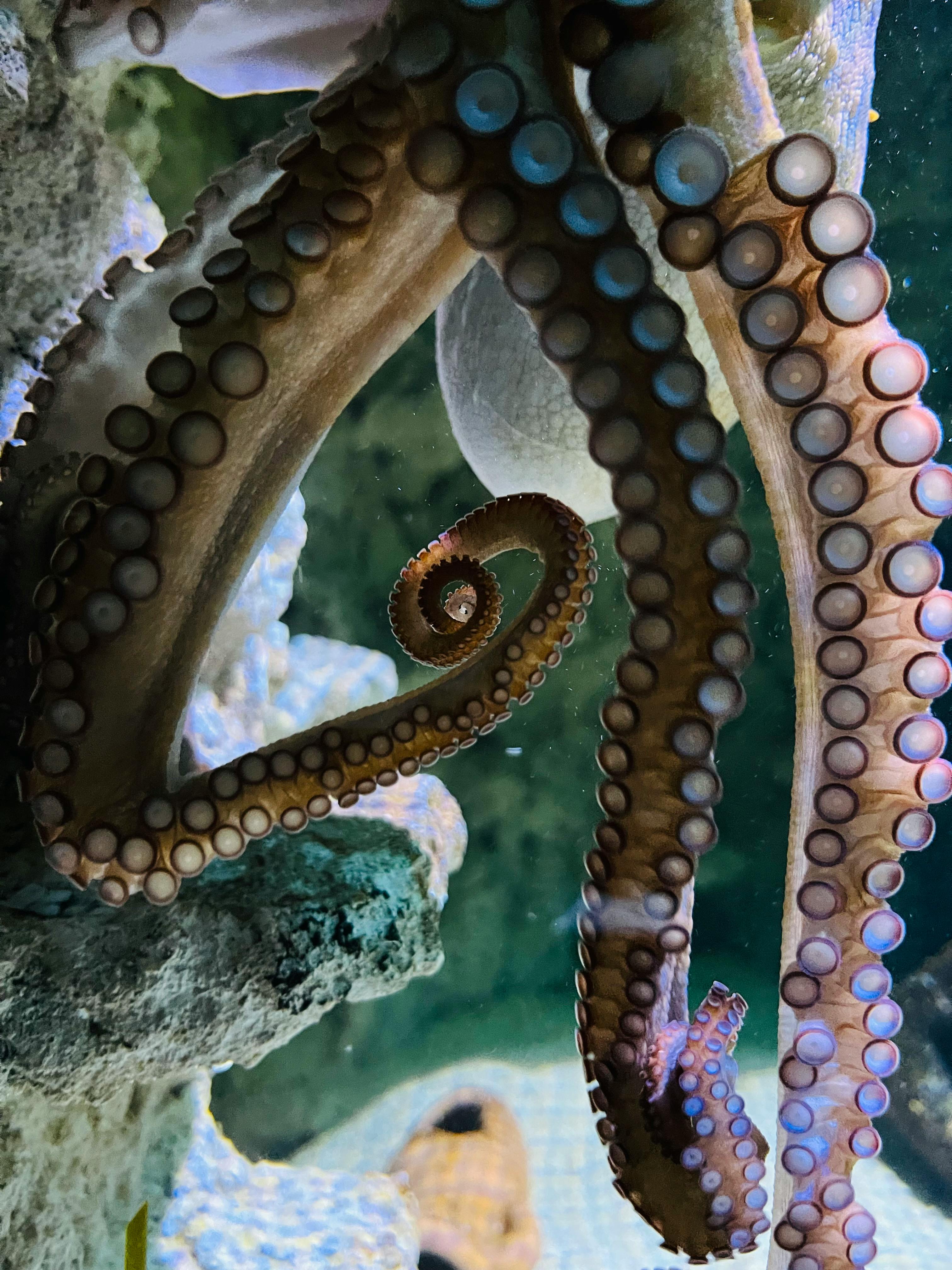Decoding the Enigmatic World of Cuttlefish Communication
Introduction: Dive into the mesmerizing realm of cuttlefish, where communication takes on a whole new dimension. These extraordinary cephalopods possess an unparalleled ability to convey messages through a kaleidoscope of colors, patterns, and textures. Join us as we explore the intricate language of cuttlefish and uncover the secrets behind their captivating displays.

The Evolution of Cuttlefish Communication
Cuttlefish communication has its roots in the ancient seas, evolving over millions of years to become the sophisticated system we observe today. These cephalopods, along with their octopus and squid relatives, diverged from other mollusks around 530 million years ago. Over time, they developed specialized skin cells that allow for rapid color and pattern changes, a trait that has proven invaluable for both survival and communication.
The ability to alter their appearance quickly and dramatically gave cuttlefish a significant advantage in predator avoidance and prey capture. As their visual capabilities improved, so did their capacity to use this color-changing ability for intraspecific communication. This co-evolution of visual acuity and color-changing prowess has resulted in one of the most complex and nuanced forms of non-verbal communication in the animal kingdom.
The Mechanics of Cuttlefish Color Change
At the heart of cuttlefish communication lies a remarkable biological mechanism that allows for rapid and precise color changes. This system is composed of three types of specialized cells in the cuttlefish’s skin:
Chromatophores: These are elastic sacs filled with pigment granules. When the muscles surrounding these sacs contract, the sac expands, spreading the pigment over a larger area and changing the cuttlefish’s color.
Iridophores: These cells contain stacks of reflective plates that can be manipulated to produce iridescent colors and metallic sheens.
Leucophores: These cells reflect ambient light, allowing the cuttlefish to blend in with its surroundings by matching the color of the background.
The cuttlefish’s brain controls these cells with remarkable precision, allowing for the creation of complex patterns and rapid color changes. This system is so advanced that a cuttlefish can display different patterns on different parts of its body simultaneously, essentially becoming a living, breathing, animated display.
The Language of Patterns
Cuttlefish communication goes far beyond simple color changes. These creatures have developed a sophisticated visual language composed of various patterns, each with its own meaning. Some of the most common patterns include:
Zebra Pattern: Often used during courtship displays or as a warning to potential predators.
Deimatic Display: A startling pattern featuring eye spots and contrasting colors, used to deter predators.
Stipple Pattern: A mottled appearance used for camouflage in complex environments.
Flamboyant Display: An elaborate pattern featuring vivid colors and undulating arms, often used in courtship or to confuse predators.
These patterns can be combined and modified in countless ways, allowing for a nuanced and context-dependent form of communication. Researchers have observed that cuttlefish can even display different patterns on different sides of their body, potentially conveying different messages to different observers simultaneously.
Contextual Communication
The complexity of cuttlefish communication becomes even more apparent when we consider the various contexts in which it’s employed. These intelligent creatures use their color-changing abilities for a wide range of purposes:
Mating Rituals: Male cuttlefish engage in elaborate displays to attract females, often showcasing their most vibrant patterns and colors.
Territorial Disputes: Cuttlefish use specific patterns to assert dominance and defend their territory from rivals.
Predator Deterrence: When faced with a threat, cuttlefish can rapidly change their appearance to startle or confuse predators.
Camouflage: By matching the color and texture of their surroundings, cuttlefish can become nearly invisible to both predators and prey.
Interspecies Communication: Some research suggests that cuttlefish may use their color-changing abilities to communicate with other marine species, either to deter predators or to form mutually beneficial relationships.
Decoding Cuttlefish Messages
As fascinating as cuttlefish communication is, deciphering their messages presents a significant challenge to researchers. Unlike human language, which relies on discrete units of sound or writing, cuttlefish communication is continuous and multidimensional. A single display can convey information through color, pattern, texture, and movement, all of which can change in a fraction of a second.
To tackle this complex problem, scientists are employing a variety of innovative techniques:
High-Speed Cameras: These allow researchers to capture and analyze the rapid color changes that occur during cuttlefish interactions.
Artificial Intelligence: Machine learning algorithms are being used to identify and categorize patterns in cuttlefish displays.
Neurological Studies: By examining the cuttlefish brain and nervous system, scientists hope to understand how these complex displays are generated and controlled.
Behavioral Experiments: Carefully designed experiments help researchers correlate specific displays with particular behaviors or environmental stimuli.
As our understanding of cuttlefish communication grows, so does our appreciation for the complexity and sophistication of these remarkable creatures. Their unique form of visual language offers a window into the diverse ways in which animals can evolve to communicate, adapting to the specific challenges and opportunities of their environment.
The study of cuttlefish communication not only enhances our understanding of marine ecosystems but also has potential applications in fields such as camouflage technology, display systems, and even artificial intelligence. As we continue to unravel the mysteries of the cuttlefish’s silent language, we gain valuable insights into the nature of communication itself and the incredible diversity of life on our planet.





